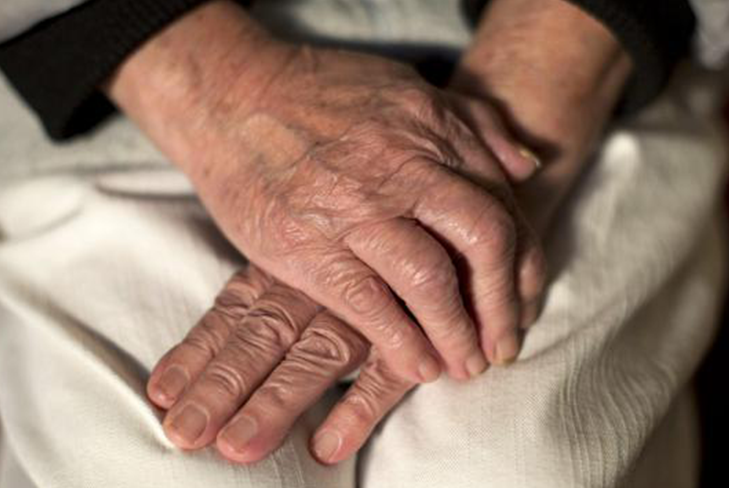
Project SHINESeniors (a project driven by a research team at SMU's iCity Lab) was featured in an article. As part of the three-year project, researchers put motion sensors in 50 one-bedroom apartments. The motion sensors detect “unusual periods of inactivity” that could suggest a fall or health problems. This information can then be given to volunteers or medical professionals to react to the situation. A panic-button was also installed into the pilot homes, to allow elderly residents to sound the alarm themselves. SMU Associate Professor of Information Systems Tan Hwee Pink said: “The reason we monitor inactivity is that there are situations where the person might not have access to the button. If the person is in the toilet and has fallen, he or she has probably left the panic button outside. In this case, the system will detect that the last activity was in the toilet and that there was no motion afterwards. After a certain period of inactivity, an alert will be sent to the caregivers.”
[Photo Source: Bailiwick Express]